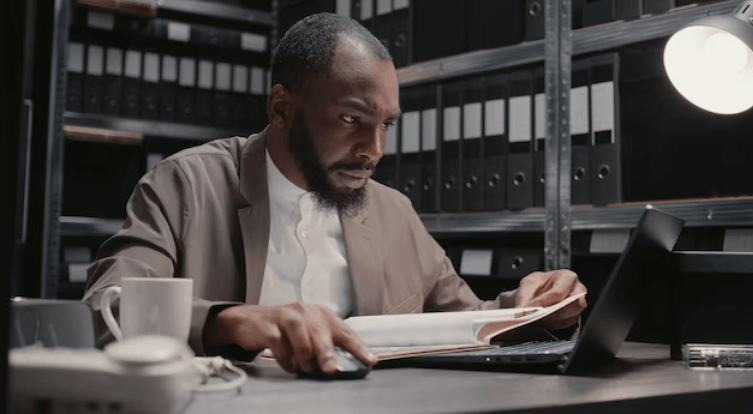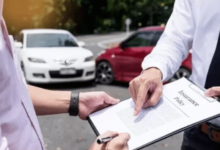How Law Enforcement Uses Surveillance Footage In Investigations

In today’s society, law enforcement relies heavily on surveillance footage. You see cameras everywhere. They capture crucial details that would otherwise be missed. This footage helps solve crimes and ensures justice. When reviewing footage, officers look for key actions and movements. They piece together events to build a solid case. This evidence often plays a central role in trials, helping to establish timelines and identities. Surveillance footage is also critical for a criminal defense attorney. They use the same footage to challenge evidence and support their case. Both sides benefit from this visual tool. However, privacy remains a concern. Authorities must balance surveillance with individual rights. Proper procedures and regulations guide the use of these recordings. By following these rules, law enforcement ensures that surveillance footage remains a powerful tool for justice while respecting citizens’ rights. You play a role by understanding these practices and staying informed.
The Role of Surveillance in Crime Solving
Surveillance footage serves as an impartial witness. It doesn’t forget. It doesn’t change its story. Law enforcement uses these recordings to observe suspect behavior, identify stolen property, or capture getaway vehicles. This information can lead to arrests and convictions. The footage is often timestamped, helping officers establish a timeline of events. This makes it easier to connect the dots in complex cases.
See also: The Modern Approach to ISO 9001 Consulting: Redefining Quality in a Competitive Landscape
Key Features in Surveillance Footage
When analyzing footage, officers focus on several key features:
- Identity: Recognizing suspects and witnesses.
- Locations: Pinpointing where events occurred.
- Actions: Noting specific movements or activities.
These elements help reconstruct scenes accurately. By focusing on these details, law enforcement can draw clearer conclusions.
Privacy and Regulation
Privacy concerns arise with the widespread use of surveillance cameras. The government sets guidelines to protect individual rights. Regulations ensure that footage is used ethically and legally. The Australian Privacy Foundation highlights the importance of these rules. Proper handling of footage is necessary to avoid privacy violations and maintain public trust.
Surveillance Footage: Benefits and Challenges
Surveillance footage offers several benefits but also presents challenges. Here’s a quick look:
| Benefits | Challenges |
| Provides concrete evidence | Raises privacy concerns |
| Aids in quick identification | Can be misinterpreted |
| Helps solve cases faster | Technology can fail |
The Impact on Society
Surveillance technology changes how society perceives safety. People feel secure knowing cameras are watching. However, they also worry about being watched. This duality challenges communities to find a balance. Informed citizens contribute to this dialogue, advocating for fair practices and transparency.
The Future of Surveillance in Law Enforcement
As technology evolves, so will surveillance methods. Advanced analytics and AI may offer new ways to enhance footage analysis. Law enforcement agencies must adapt to these changes while respecting privacy. By staying informed and engaged, you can help shape the future of surveillance in a way that benefits everyone.
In summary, surveillance footage is a crucial tool for law enforcement. It aids in solving crimes and ensuring justice while presenting challenges that require careful management. By understanding its role and implications, you can contribute to a balanced approach that respects both security and privacy.


